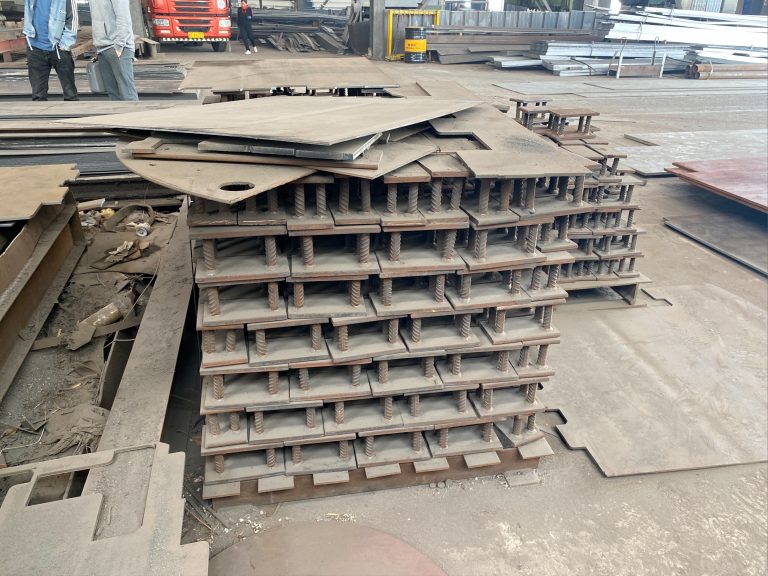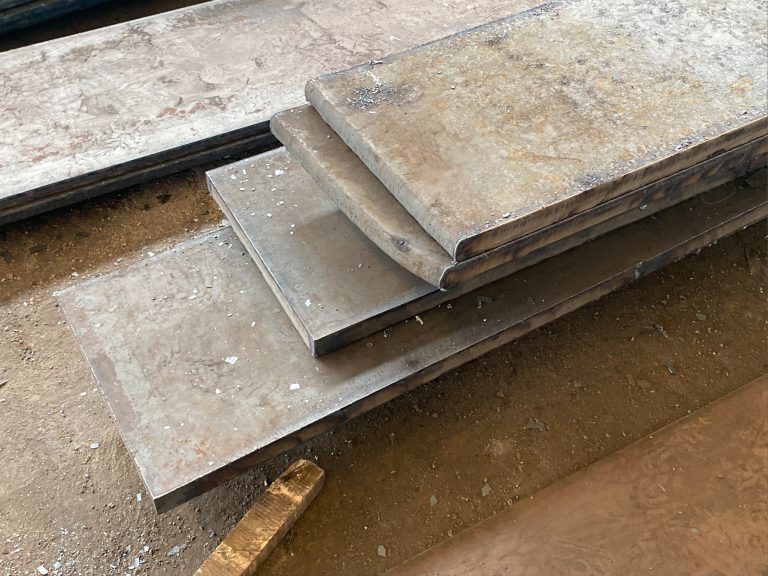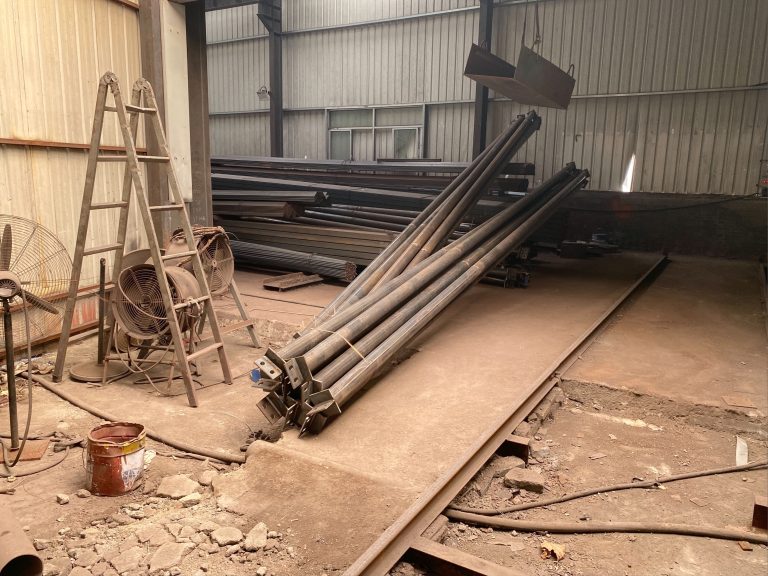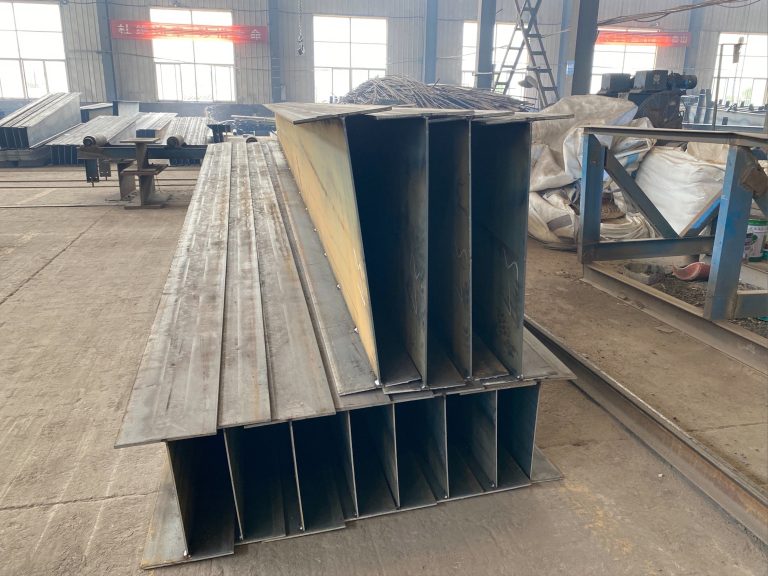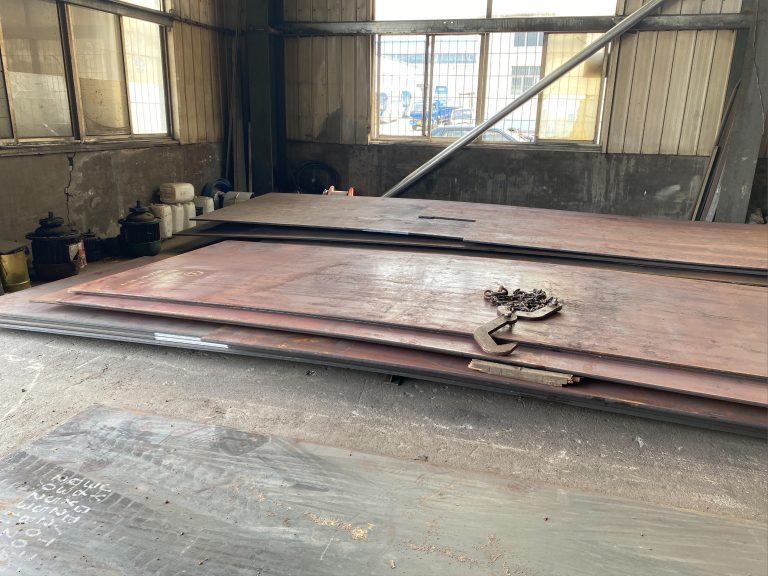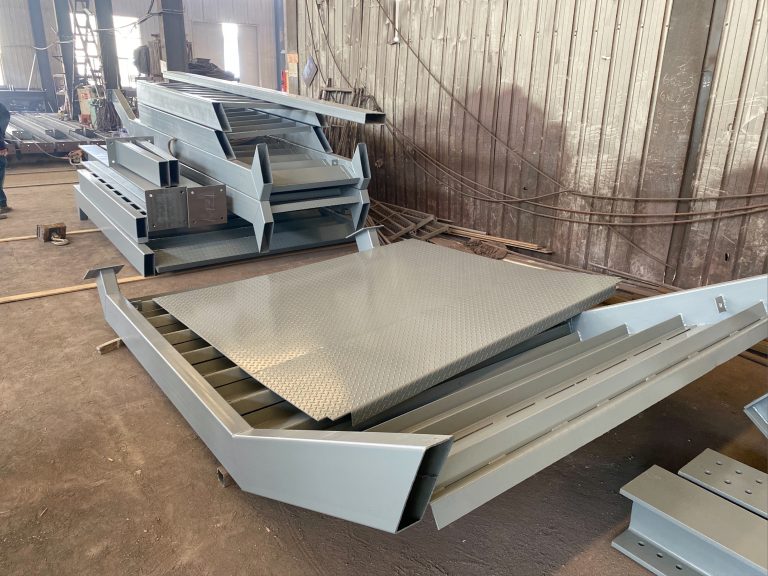Seismic engineering performance evaluation technology of steel structures
Inhoudsopgave
Advancements in Seismic Performance Evaluation of Steel Structures
Seismic engineering performance evaluation technology of steel structures has seen significant advancements in recent years. With the increasing frequency and intensity of earthquakes around the world, it has become crucial to ensure that buildings and structures are able to withstand seismic forces. Steel structures are known for their strength and flexibility, making them a popular choice for construction in earthquake-prone areas. However, it is essential to accurately assess the seismic performance of these structures to ensure their safety and reliability.
One of the key advancements in seismic performance evaluation technology for steel structures is the use of advanced computer modeling and simulation techniques. Finite element analysis (FEA) has become a widely used tool for predicting the behavior of steel structures under seismic loading. By creating a detailed digital model of the structure and applying seismic forces to it, engineers can simulate how the structure will respond during an earthquake. This allows them to identify potential weaknesses and make necessary design modifications to improve the structure’s seismic performance.
Another important development in seismic performance evaluation technology is the use of performance-based design (PBD) principles. Traditional seismic design codes are based on prescriptive rules and guidelines that may not always result in the most efficient or cost-effective design. PBD, on the other hand, focuses on achieving specific performance objectives, such as limiting damage or ensuring occupant safety, rather than simply meeting minimum code requirements. This approach allows engineers to tailor the design of steel structures to meet specific performance goals, resulting in more resilient and reliable buildings.
In addition to computer modeling and performance-based design, advancements in material testing and characterization have also contributed to the improvement of seismic performance evaluation technology for steel structures. By conducting laboratory tests on steel components and connections, engineers can better understand how these materials behave under seismic loading. This information can then be used to calibrate computer models and validate their accuracy, ensuring that the predicted behavior of the structure closely matches its actual performance during an earthquake.
Furthermore, the development of advanced monitoring and sensing technologies has enabled engineers to assess the real-time performance of steel structures during an earthquake. By installing sensors and accelerometers on the structure, engineers can measure the forces and displacements experienced by the building and compare them to the predicted values from computer simulations. This allows for a more accurate evaluation of the structure’s seismic performance and can help identify any potential issues that may need to be addressed.
Overall, the advancements in seismic performance evaluation technology for steel structures have greatly improved our ability to design and construct buildings that can withstand earthquakes. By combining advanced computer modeling, performance-based design principles, material testing, and real-time monitoring, engineers can ensure that steel structures are able to safely and effectively resist seismic forces. As the threat of earthquakes continues to grow, it is essential that we continue to innovate and improve our methods for evaluating the seismic performance of steel structures to protect lives and property.
Importance of Technology in Enhancing Seismic Engineering of Steel Structures
Seismic engineering performance evaluation technology plays a crucial role in ensuring the safety and stability of steel structures during earthquakes. With the increasing frequency and intensity of seismic events around the world, it has become more important than ever to develop advanced technologies that can accurately assess the performance of steel structures under seismic loading.
One of the key advantages of using technology in seismic engineering is the ability to simulate and analyze the behavior of steel structures under different seismic scenarios. By using advanced computer modeling and simulation software, engineers can predict how a structure will respond to seismic forces and identify potential weaknesses that need to be addressed. This allows for more efficient and cost-effective design solutions that can improve the overall performance of steel structures during earthquakes.
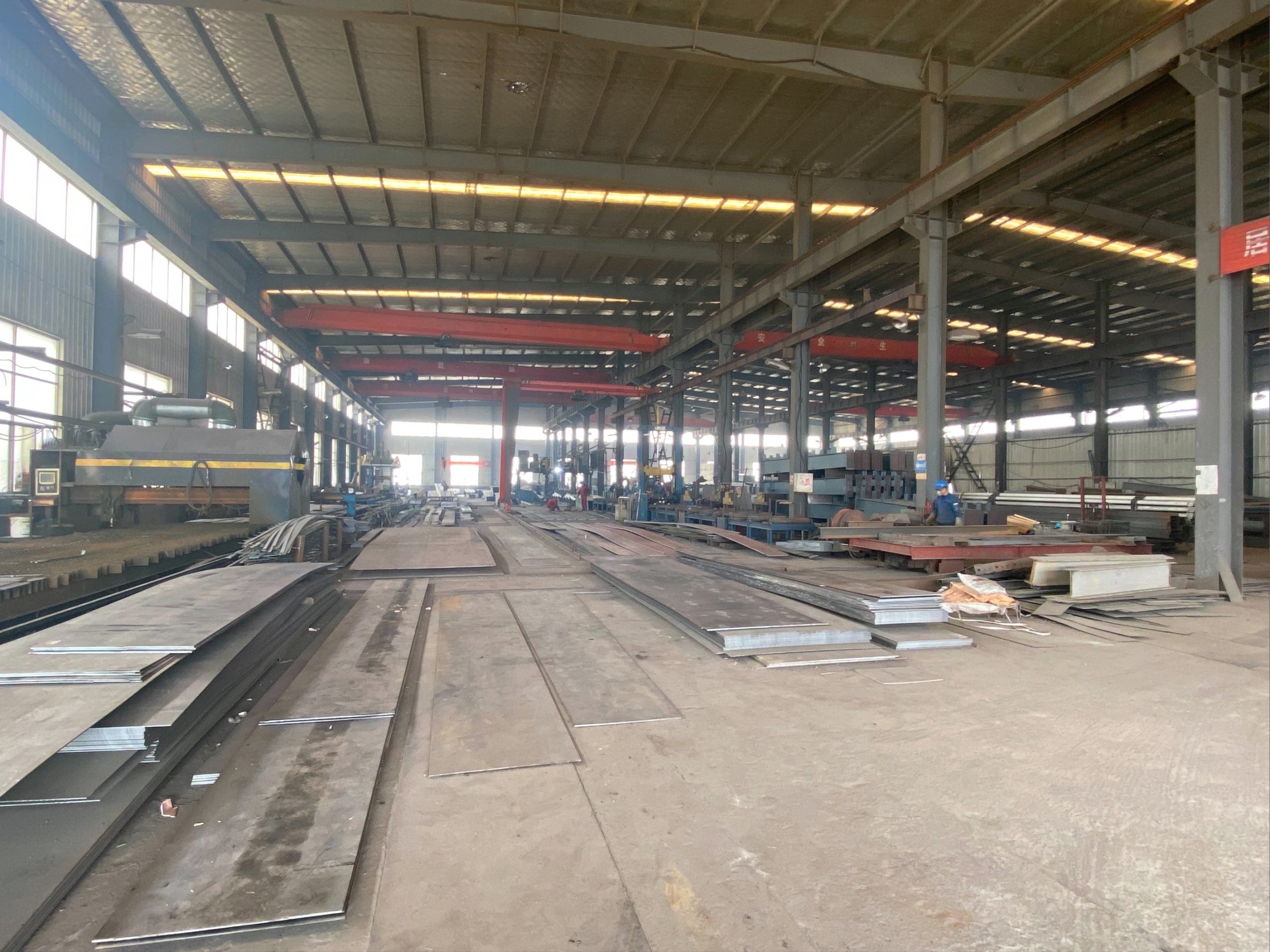
Furthermore, technology has also enabled engineers to conduct real-time monitoring and evaluation of steel structures during seismic events. By using sensors and monitoring devices, engineers can collect data on the structural response to seismic forces and assess the performance of the structure in real-time. This information can be used to make informed decisions about the safety of the structure and implement necessary retrofitting or strengthening measures to improve its seismic performance.
In addition, technology has also played a crucial role in the development of innovative seismic design solutions for steel structures. Advanced analytical tools and software programs have enabled engineers to optimize the design of steel structures to enhance their seismic performance. This includes the use of innovative structural systems, such as buckling-restrained braces and base isolation systems, which can significantly improve the seismic resistance of steel structures.
Moreover, technology has also facilitated the implementation of performance-based design approaches in seismic engineering. Instead of relying on prescriptive code-based design criteria, engineers can now use advanced performance evaluation technologies to assess the actual performance of steel structures under seismic loading. This allows for more customized and tailored design solutions that can better meet the specific performance objectives of a structure.
Overall, the importance of technology in enhancing the seismic engineering of steel structures cannot be overstated. By leveraging advanced modeling, simulation, monitoring, and design tools, engineers can improve the safety, reliability, and performance of steel structures during earthquakes. This not only helps to protect lives and property but also ensures the long-term sustainability and resilience of our built environment in the face of seismic hazards.
In conclusion, seismic engineering performance evaluation technology is a critical component of ensuring the safety and stability of steel structures during earthquakes. By using advanced technologies to simulate, analyze, monitor, and design steel structures, engineers can improve their seismic performance and enhance their resilience to seismic hazards. As we continue to face increasing risks from earthquakes, it is essential that we continue to invest in and develop innovative technologies that can help us build safer and more resilient steel structures for the future.

